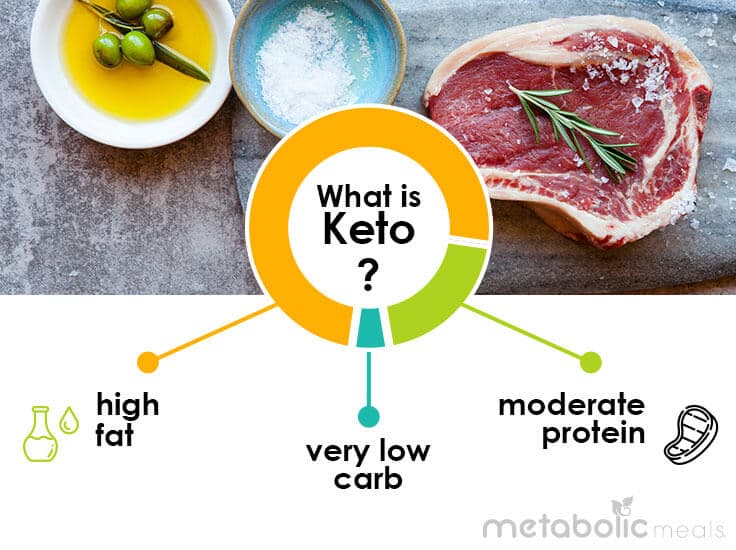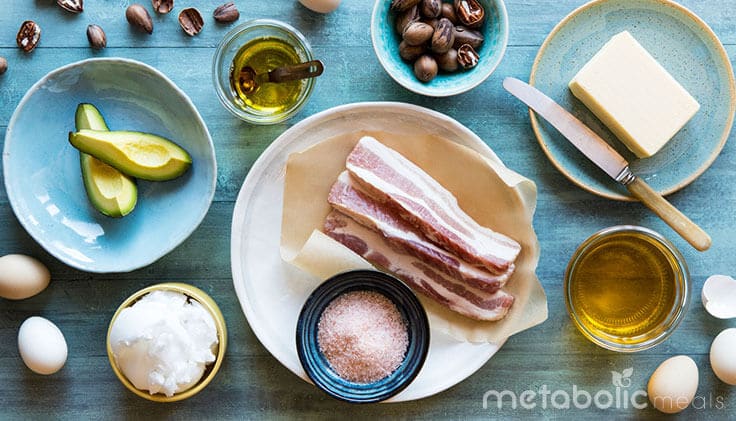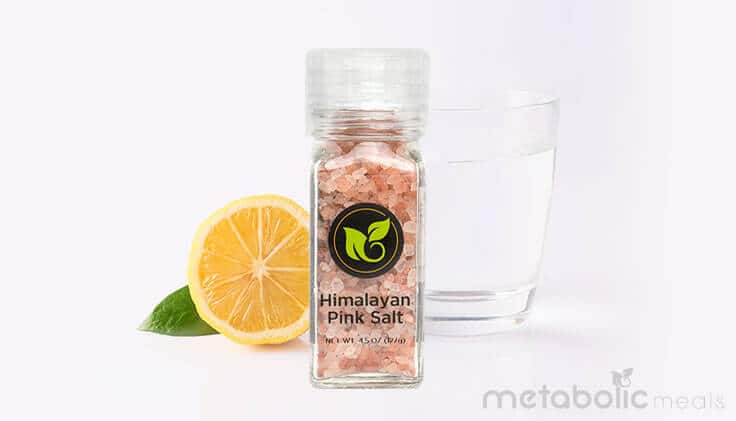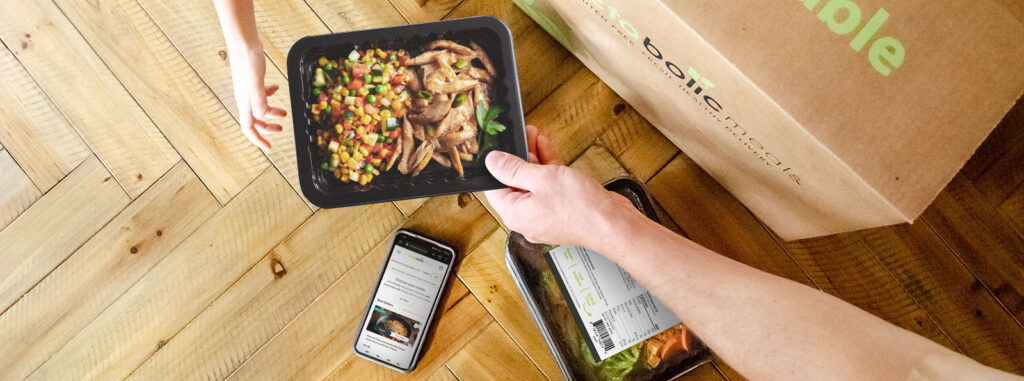ARTICLE AT A GLANCE
If you’re new to the keto diet, it’s important to understand that your body only turns to ketosis under specific dietary conditions. You’ll need to stick to the following checklist to craft a successful keto plan. This article covers:
Ketogenic dieting is a method of forcing your body into ketosis — the state of burning fat to use ketones as energy instead of relying solely on glucose. It means training your body to burn excess fat while helping it regulate its blood sugar levels more efficiently. This makes the diet as effective at improving overall health and fitness as it is at achieving specific goals like burning fat and controlling blood sugar.

Improving cellular function is another of those specific goals. In one study, entering ketosis helped Parkinson’s disease patients reduce symptoms by as much as 43 percent. In another study, it proved beneficial for patients with certain types of brain injuries and several other neurodegenerative disorders. Experts even speculate that relying on ketones for energy instead of glucose could even have powerful anti-cancer effects.
The secret lies in the process of switching your body’s main energy source from sugar to fat. Doing so means starving your cells of glucose until it’s forced to burn fat for energy, and that requires eliminating most or all of the carbs from your diet. It also means introducing more proteins and healthy fats into every meal, and most importantly, sticking to the meal plan long enough to properly sustain ketosis.
Where to Start

There are several other benefits to the ketogenic diet for people who aren’t dealing with serious metabolic issues. In my own experience, it has helped me balance my hormones, regulate my thyroid, and decrease my food sensitivities, as well as improve my overall quality of sleep. Other people have also experienced more controlled menstrual cycles, reduced inflammation, and more successful diabetes management.
That’s because ketones are a powerful alternative fuel for your body’s cells. They allow you to reduce your body’s reliance on glucose, which is a significant factor in these and many other health conditions. Yet your body only turns to ketosis under specific dietary conditions. You’ll need to stick to the following checklist to craft a successful meal plan:
1. Eat no more than 20 net carbs a day. Limit them to non-starchy veggies, and eat them along with protein and fat.
2. Limit your protein intake. A keto (or low-carb) diet is not a high-protein diet.
3. Use fat as a lever. Specific amounts will depend on your body type, but when in doubt, opt for fewer carbs and more fat.
4. Drink lots of water. It’s a natural appetite suppressant, and with the restricted diet, you’ll need even more of it the more active you are.
5. Keep up with other electrolytes as well. Increase your salt intake to retain them longer. This will help you avoid the so-called keto flu — the adverse symptoms you might experience at the beginning of the diet.
6. Eat only when you’re hungry. Intermittent fasting is absolutely OK.
7. Focus on whole foods, and stick to your exercise routine to force your body to burn fat.
What to Leave Behind

As you build your meal plans, avoid any foods that are high in carbohydrates and refined sugars. For example, throw out all of the following items in your refrigerator or pantry:
1. Any foods or beverages that are full of sugar — think cake, sodas, and even smoothies
2. Grains and starches, such as cereals and products made from wheat, pastas, and rice
3. Any fruits, though the occasional small berry snack is OK
4. Legumes and beans, including chickpeas, other kinds of peas, kidney beans, lentils, and many other types of beans
5. Processed high-carb products marketed toward dieters, such as diet sodas or low-fat foods
6. Sauces and condiments that are made with bad fats and too much sugar
7. Any type of unhealthy fat, from mayonnaise to vegetable oil
8. Alcohol, which is often high in carbs and disrupts or prevents ketosis
Sticking to the Plan
Sticking to any diet can be challenging, but adhering to a keto diet is especially so. The keto flu I mentioned refers to a series of adverse effects that can result from the sudden removal of carbs from your body. They can include mental fogginess, headaches, nausea, physical weakness, constipation, and dizziness. Typically, they’ll subside after a couple of weeks, but it’ll be the toughest time to stick through.
You can lessen the effects of keto flu by increasing your water, electrolyte, and salt intake. You can also gradually reduce your carb intake to minimize the negative side effects. Your body will take longer to enter ketosis, but it could make for a much more pleasant experience. If you struggle to get into ketosis, then try intermittent fasting and/or supplements to boost the process.

Intermittent fasting, or time-restricted eating, means limiting your meal times to within a certain block of hours every day (usually eight to 10 hours). Refrain from eating and allow your gut to rest during the remaining hours. Also, exogenous ketones can provide you with an energy boost to kick-start ketosis. Supplements such as medium-chain triglycerides are also ideal because your body doesn’t rely on other enzymes to absorb them.
Next, if you are an athlete and typically take protein powder, collagen protein is one of the few protein powders that will work with a keto diet. Most others contain milk products like whey and casein that can cause inflammation or digestion problems for some people. Collagen protein from grass-fed beef is filled with amino acids to help your body recover after a workout, without the negative effects of other protein powders.
Finally, the best way to enter ketosis is through your diet, but to give your body its best chance at benefiting from it, focus on other aspects of your wellness. Prioritize restful sleep by getting at least seven to eight hours every night. Always have a keto-friendly snack on hand. And, finally, decrease your stress, save time, and broaden your palate by having a healthy meal delivery service prepare your keto meals and snacks for you. Use the Keto filter on the menu to see new meals each week!

These tips combined will help you plan, begin, and stick to the keto diet. Once you do, you’ll be on your way to improved overall health and wellness.






